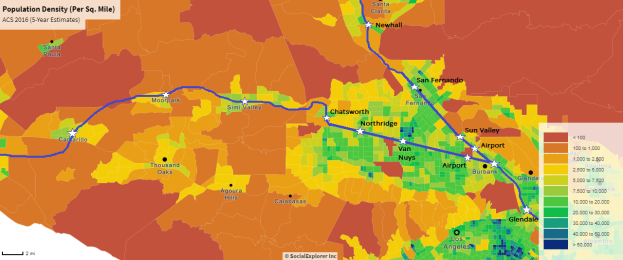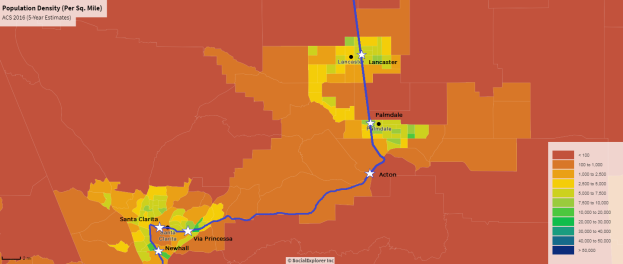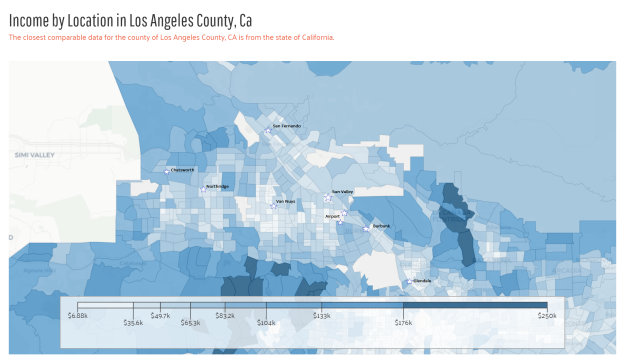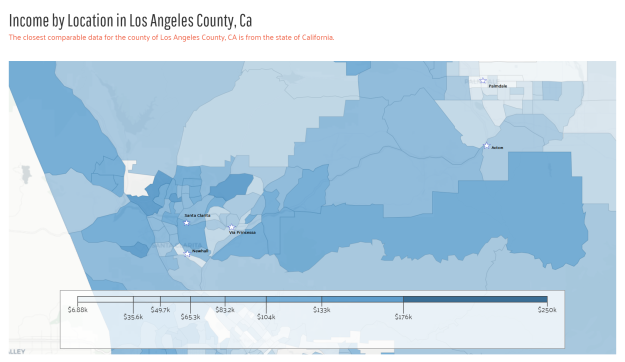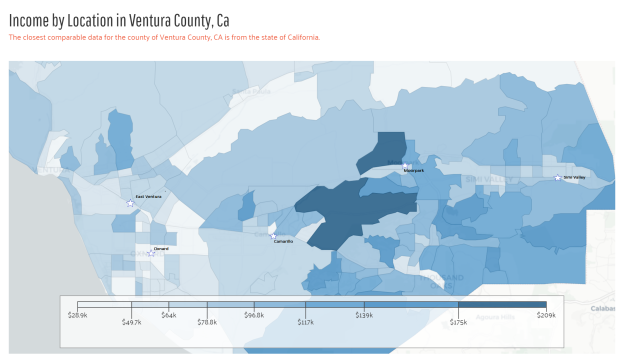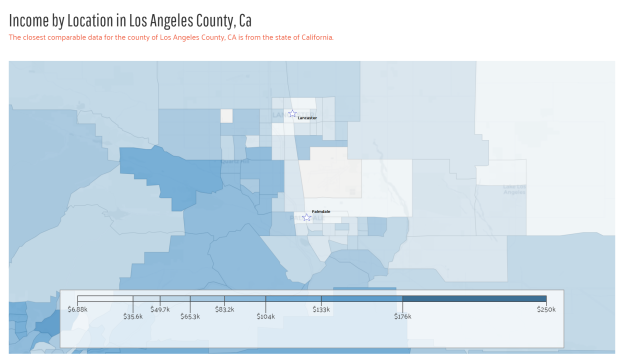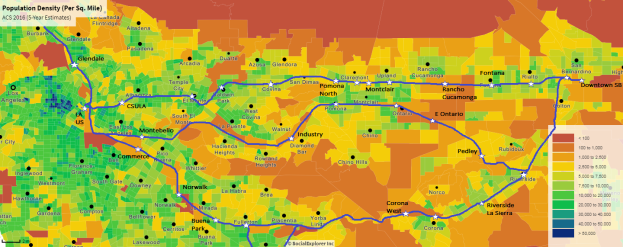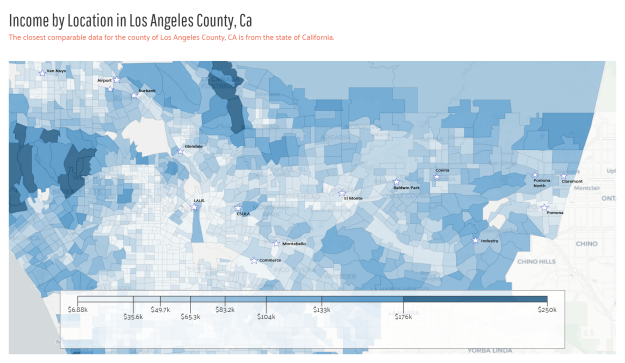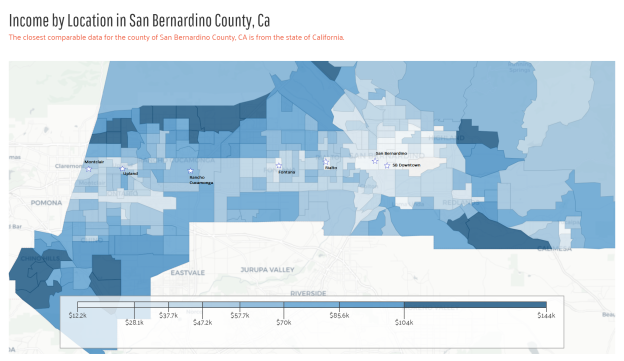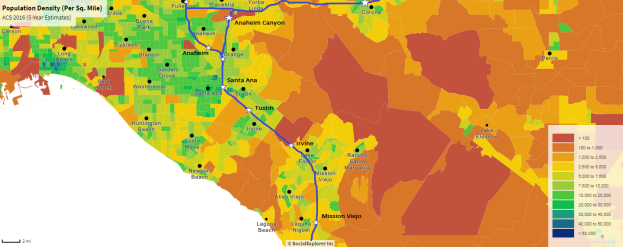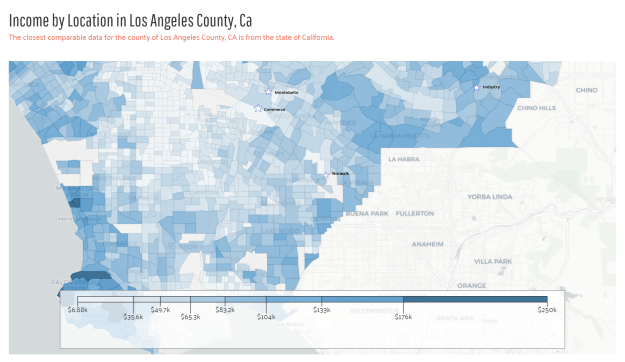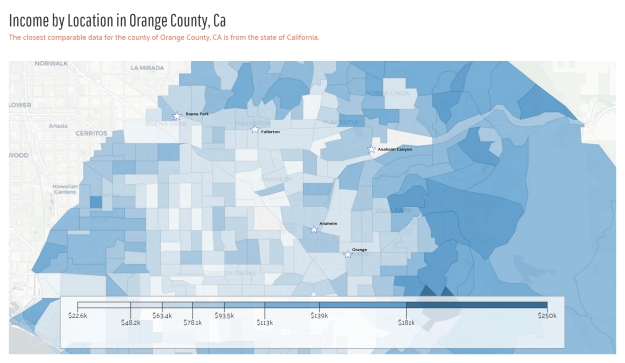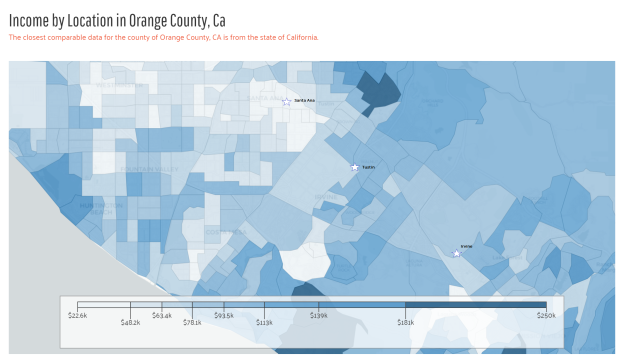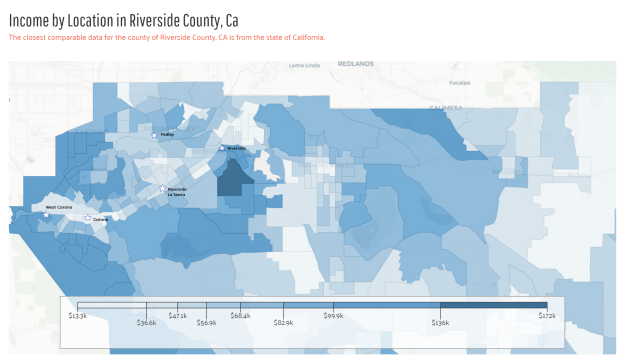In the wake of the failure of Prop 10 in yesterday’s election, by a 2-1 margin, it’s again useful to take a step back and remember what the larger state of play for housing in California looks like.
The Left’s SB 827?
In many ways, I think the politics of Prop 10 played out in a very similar way to SB 827.
Like YIMBY disappointment that there was little enthusiasm for SB 827 among left groups, many organizations supporting Prop 10 were frustrated that YIMBY groups did not endorse Prop 10 or offer stronger support. Many YIMBY groups have explicit principles calling for greater tenant protections. But in a mirror image of SB 827, YIMBY groups had Prop 10 dropped on them by a player, Michael Weinstein, who they don’t fully trust on a good day and fully distrust on a bad one. To my knowledge, there was no outreach and no opportunity for anyone outside Weinstein’s tight-knit circle to provide input into the proposal.
As YIMBYs learned with SB 827, it’s hard to ask people to enthusiastically back a proposal if they feel they got no input, that the proposal has considerable flaws, and that the proposal would only obliquely address their concerns at best and work against their concerns at worst. The divide between YIMBYs and left housing activists can be seen as approaching the problem from opposite ends: YIMBY groups start with the premise that anyone should be able to afford to live in the city, and it flows from there that people who already live there should be able to continue to live there; left housing activists start with the latter conclusion as their first principle. It’s a difficult lift to ask YIMBYs to support a policy that address the latter if there’s no assurance it won’t harm their primary goal.
However, like the DSA and other left groups, YIMBYs are a relatively minor player in state politics. YIMBY groups have a few reliable allies in the Legislature and on city councils; left groups also have relatively few. The driving force behind the failure of Prop 10 was opposition from the same players that have thwarted both market-rate and affordable housing construction in middle class and upscale neighborhoods for decades.
What is Michael Weinstein Trying to Do?
A fair question for all sides to ask: what is it, exactly, that mercurial AIDS Healthcare Foundation (AHF) President Michael Weinstein is try to do?
Accepting good faith, Weinstein is trying to do something to help relieve California’s housing crisis. That’s a pretty straight-forward understanding of Prop 10, and it was one of the purported justifications for Measure S, among other things. AHF has also used its resources to take direct action in the housing market to try to stabilize lower income housing; for example, it has purchased four old single-room occupancy (SRO) hotels in Skid Row and plans to renovate them into housing for homeless people and low-income tenants.
Substituting bad faith, which I freely admit I am more than willing to do, I think everyone who cares about housing in California should ask themselves how separable Weinstein’s activism on affordable housing is from his hardcore NIMBYism.
Measure S came about because he was pissed about a new building in Hollywood that would impact the view from his high-rise office. That’s a pretty wild thing for a healthcare non-profit to spend its money on. The groups allied with him on things such as Measure S, like Coalition to Preserve LA, are dedicated to failed and outdated visions of Los Angeles as an auto-oriented big village dominated by single-family homes and commercial parking lots. They make relentlessly bad faith arguments about city planning efforts such Transit Neighborhood Plans, trying to scaremonger over the prospect of change and new neighbors rather than to contribute any positive input. Weinstein also leads antagonistic anti-development lawsuits, such as suing the city over the proposed demolition of the Parker Center, the former headquarters of LAPD.
Due to the strange nature of AHF, being a non-profit entity that generates a significant amount of money over which he has enormous discretion, Weinstein and his checkbook are not going anywhere. The question for housing activists should be if they are still willing to cash those checks without getting more control over direction.
As a single example, there were four rent control ballot initiatives attempted in southern California this year: Glendale, Pasadena, Long Beach, and Inglewood. They all failed to make the November ballot because they didn’t gather enough signatures. All of these initiatives depended on volunteer signature gatherers. For a fraction of what was spent on Prop 10, perhaps paid signature gatherers would have ensured that these initiatives were at least offered to the public for a vote, and perhaps it would have spurned the city council in one of those cities to take action.
A Perfect Way for State Officials to Duck
Meanwhile, Prop 10 provided the perfect way for many state elected officials to duck taking any action on reforming the Costa-Hawkins Act, which is what restricts the ability of cities like San Francisco and Los Angeles to update their rent control ordinances to cover more apartments.
Prop 10 was officially endorsed by the state Democratic Party, and I think I received one mailer on it that included all the state party endorsements. Democratic nominee-elect for governor Gavin Newsom opposed Prop 10, and if any prominent statewide Democrats campaigned for it, I sure missed it. Having a ballot initiative on an issue offers politicians a convenient way to state support for a policy without having to take any hard votes that might anger some powerful economic interests like landlords.
Housing Bubble: Opposition from Entitled Incumbents is Still the Problem
Before there was polling indicating the measure was in trouble, it seemed to me that housing Twitter was in a little bit of a thought bubble. The presumption seemed to be that renters would strongly vote for Prop 10 and landlords would oppose it, but that other people generally wouldn’t care, so it would pass.
I’m old enough that my media diet includes enough AM radio and network TV to know if and how policy is being messaged to the most reliable voters in the state – old homeowners. And Prop 10 was getting killed with that demographic.
Almost nothing will more reliably turn out voters in state and local elections in California than scaring homeowners that their property values are at risk. The wholesale repeal of Costa-Hawkins that was included in Prop 10 was a political fatal flaw, because it let the opposition raise the specter of rent control on single-family homes, probably dooming the measure from the start. It enabled the opposition to divert attention away from landlords making unearned gains and evicting people, and to frame the initiative as an attack on that universally accepted American good – homeownership.
Proponents will rightfully complain that the No on 10 campaign was sometimes deceptive, arguing that the measure would both reduce property values and make housing costs even higher. Part of politics, though, is crafting proposals that can withstand unfair attacks from opponents. Regular readers know that this blog certainly doesn’t believe single-family homes deserve special status in land use policy, but a rent stabilization reform that exempted people who own one single-family home would stand a much better chance of getting enacted.
Conclusion
The immediate impact of Prop 10 failing (or passing, had it passed) is probably smaller than both sides would have had you believe. If the initiative had passed, it wouldn’t have granted rent stabilization to anyone, but rather set the stage for many city-level and county-level battles over enacting rent stabilization ordinances.
The thing is, the stage is already set for many city-level and county-level battles over enacting rent stabilization ordinances. Cities that currently have rent stabilization cover about 7 million people, more than half of whom live in the city of Los Angeles. The other 33 million Californians live in cities and counties that could enact rent stabilization tomorrow if they wanted to, on any apartment constructed before 1995. Prop 10 failing doesn’t change that, and Prop 10 passing wouldn’t have changed that either. The work of passing rent stabilization regulations in many cities and counties remains to be done, and it’s something housing advocates of all stripes can start working on immediately.
The 15 cities in California that have rent control, including some of the state’s largest municipalities (Los Angeles, San Francisco, and San Jose), are stuck without state reform of Costa-Hawkins. They can’t change their regulations; crucially, many of them are stuck with a cut-off date (1978 in LA, 1979 in SF) that they can’t change, meaning that the rent-stabilized stock dwindles every year and is composed of increasingly old structures. The failure of Prop 10 puts the issue of rent stabilization squarely back in the Legislature’s lap, and it’s up to housing advocates, including both YIMBYs and left advocates, to push the state to take action.
The primary obstacles to new housing and affordable housing in California are the same as they were before Prop 10 failed. Trying to come up with policy reforms that can garner enough support from a wide variety of interests to succeed and withstand opposition attacks may not be easy, but it is the path forward. The sooner we can come up with proposals that everyone who cares about the housing crisis in some way can enthusiastically support, the better off we’ll be.

